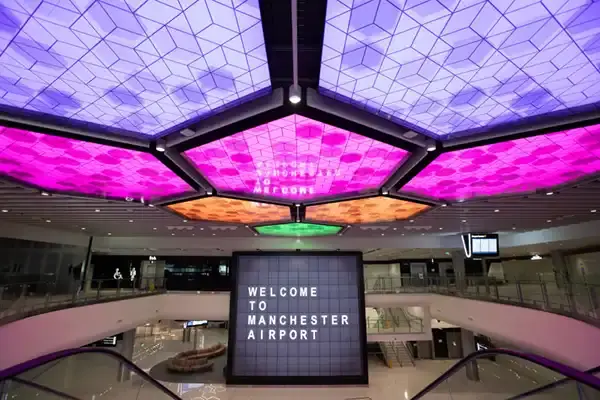WTTC urges major cities to prepare for influx of tourists
 Rob Gill
Rob GillMajor international cities need to “understand how prepared” they are for future growth in tourist numbers if they are to manage this increase sustainably and avoid issues such as overtourism.
World Travel & Tourism Council (WTTC) has produced a new index looking at how 50 leading cities are prepared to cope with their forecast increases in visitor numbers over the next 11 years.
The Destination 2030: Global Cities’ Readiness for Tourism Growth, which has been compiled with corporate property specialist JLL, divides the cities into five categories based on their ability to cope with increased visitors.
One category, called Managing Momentum, highlights European and North American cities, including Amsterdam, Barcelona, Prague, Rome, Toronto and San Francisco, which have already seen high tourism growth and “experienced tourism pressures or are at the risk of facing potential issues”.
Other categories include Emerging Performers and Dawning Developers, which feature cities in “emerging” economies such as Bogota, Cairo, Delhi and Istanbul, that currently have a “lower level of urban readiness”.
These cities need to improve their infrastructure, particularly in areas such as airport connectivity, accommodation and environmental issues around waste and water quality.
Cities in more developed countries, including London, New York, Singapore, Beijing, Hong Kong and Osaka, come under the categories of Mature Performers and Balanced Dynamics because they are currently in the best positions to manage visitor growth.
The report describes these cities as having “an established urban readiness and tourism infrastructure, but which are not yet seeing many overt signs of tourism pressure in the comparable data”.
Gloria Guevara, president and chief executive at WTTC, said: “Tourism authorities in many major cities around the world are working incredibly hard to prepare for the future.
“However, for a city to truly thrive and for travel and tourism to develop in a sustainable manner, city planning authorities, developers, investors, legislators and community groups need to understand how prepared the city is for future expected growth in tourism and the resulting challenges and opportunities it may face.”
A separate report by Oxford Economics, Mapping Global Cities Travel to 2025, also highlights how the world’s major cities are facing significant rises in visitor numbers in the next six years.
The report estimates that international travel to the world’s top 300 cities will increase by 27% by 2025, which will add another 173 million visitors to the estimated 630 million arrivals in 2019.
A huge part of this growth in travel to cities – an estimated 27 million – will come from the Chinese market, followed by higher numbers of visitors from the US and UK.
Oxford Economics is predicting the current top five cities for international overnight stays – Bangkok, Hong Kong, Macao, Dubai and London – will “remain unchanged” by 2025. The fastest growing cities are set to be Macao and Kuala Lumpur over this period.
Top city destinations in 2025
International overnight visits per year:
Bangkok – 30.8 million
Hong Kong – 27.2 million
Macao – 26.8 million
Dubai – 22.4 million
London – 18.1 million
Source: Oxford Economics
Facts and figures
55% of world’s current population live in urban areas
45% of international tourists travelled to cities in 2018
7% - travel and tourism’s average direct contribution to a city’s GDP
Source: WTTC
Sign up for weekday travel news and analysis straight to your inbox

Rob Gill
Supplier Directory
Find contacts for 260+ travel suppliers. Type name, company or destination.


















